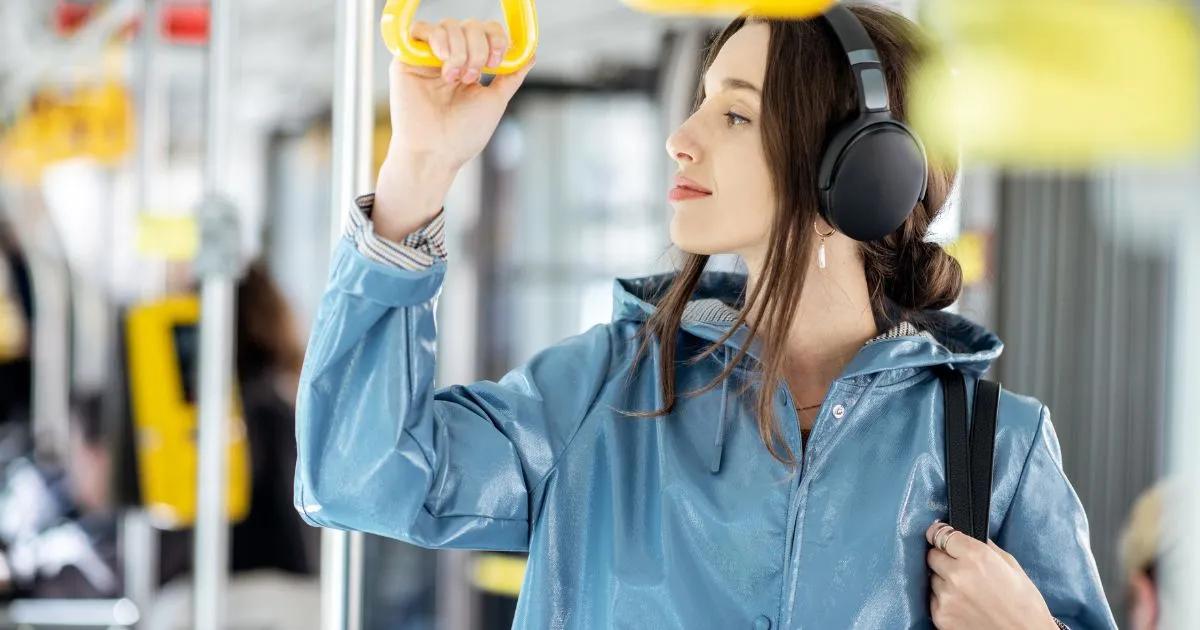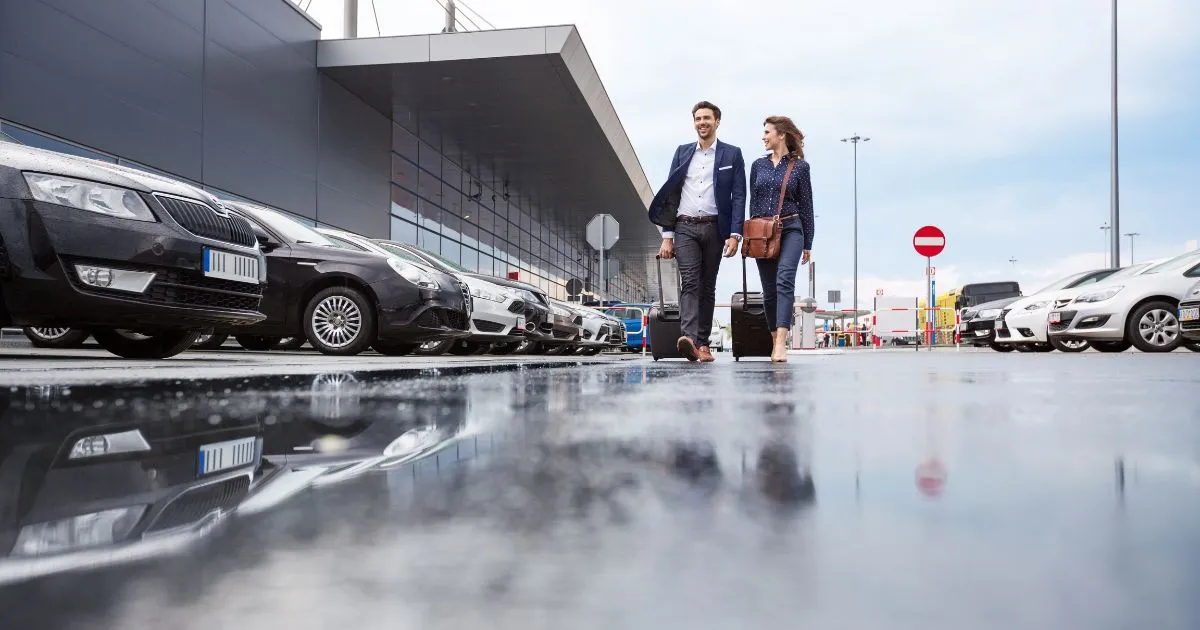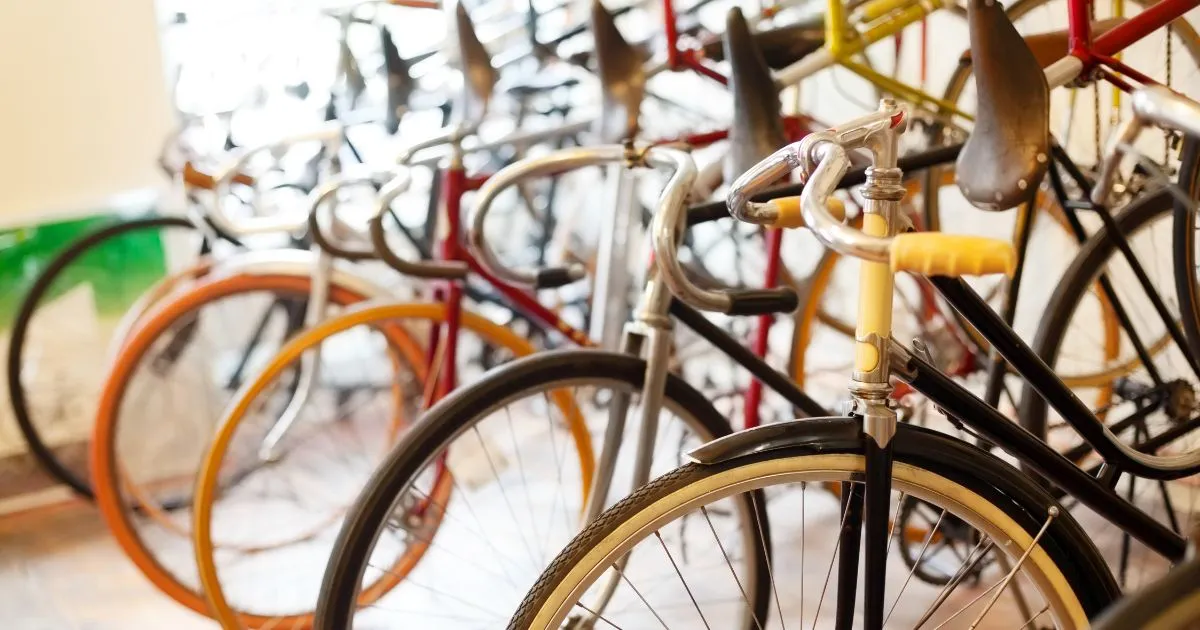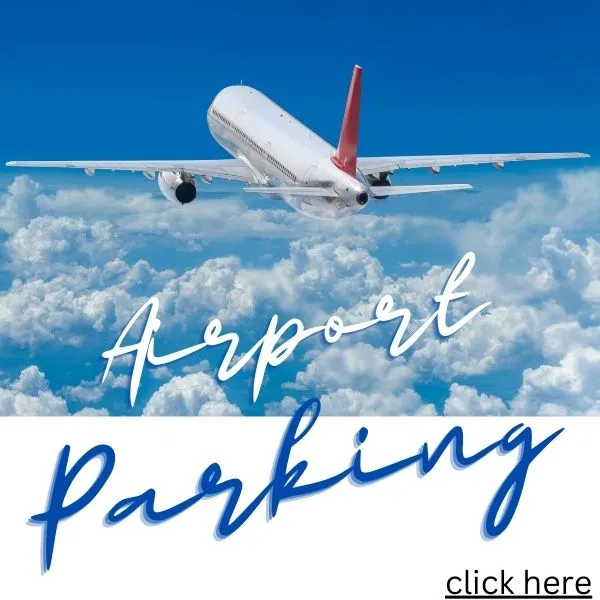The Role of Parking in Promoting Public Transportation Usage in Australia
Australia's growing urban population has led to increased traffic congestion and demand for efficient public transport. However, the way parking is managed can significantly influence commuters' decisions to opt for public transport. Well-planned park-and-ride systems and integrated transit hubs can encourage greater use of buses, trains, and trams. As someone who has worked with commuters across Sydney, Melbourne, and Brisbane, I've witnessed how strategic parking solutions transform travel habits. Recent infrastructure data shows that properly designed parking facilities near transit points can increase public transport usage by up to 35%. This article explores how the relationship between parking infrastructure and public transportation is evolving across Australian cities and what this means for everyday commuters navigating our increasingly congested urban centers.
The Impact of Parking on Public Transport Decisions
For many commuters, the decision to use public transport often depends on the convenience of parking near transit stations. If parking is limited or expensive, people may opt to drive their cars the entire way rather than switching to public transport. Conversely, affordable and strategically located dedicated station parking spaces can incentivize the use of buses and trains. According to research by Transport for NSW, 68% of suburban commuters would use public transport more frequently if reliable parking was available at their nearest station. The relationship between parking availability and public transport usage is particularly evident in outer suburbs where direct public transport options are limited.
Key factors influencing commuter decisions include:

Park-and-Ride Systems: A Practical Solution
Park-and-ride facilities allow commuters to drive to a designated parking lot and then switch to public transport for the rest of their journey. This system reduces inner-city congestion, lowers emissions, and makes commuting more cost-effective. NSW Government has been expanding park-and-ride facilities to accommodate growing demand, making it easier for people to transition from cars to public transit.
A remarkable success story comes from Perth, where the implementation of integrated parking garages at train stations increased public transport ridership by 37% between 2019 and 2024. The comprehensive approach includes:
"By getting rid of multiple cars per household, park-and-ride systems help reduce pollution by eliminating the need for private vehicles to be on the road at all times," according to Parklio, a renowned smart parking solutions provider.
Integration of Parking with Transit Hubs
Transit hubs combine various modes of transportation, including buses, trains, and bicycles, with adequate parking facilities. Cities like Melbourne and Sydney have been improving their multimodal transit stations, ensuring that parking facilities complement public transport services rather than compete with them. Public Transport Victoria has focused on developing seamless transit experiences by integrating parking facilities with train and tram networks.
When designing modern transit hubs, Australian urban planners are prioritizing what Daniel Battaglia, author of Parking Made Easy: Making Life Easier, describes as essential: "For many commuters, the decision to use public transport often depends on the convenience of parking near transit stations. If parking is limited or expensive, people may opt to drive their cars the entire way rather than switching to public transport."
The most effective transit hubs now incorporate:

Parking Policies That Discourage Public Transport Use
On the flip side, poorly managed parking policies can disincentivize public transport usage. High parking fees at transit stations, limited availability of spaces, and lack of security deter commuters from using park-and-ride services. In contrast, subsidized or free parking at transit points, as seen in Queensland's TransLink network, encourages more people to use public transport.
A Parking Made Easy survey conducted across Brisbane's outer suburbs revealed that 72% of respondents who previously used public transport switched back to driving their entire commute after parking fees were introduced at their local train stations. This demonstrates how sensitive commuters are to changes in the cost structure of their journey.
Problematic policies often include:
Encouraging Sustainable Transport Choices
Urban planners are also considering eco-friendly parking alternatives that promote multi-modal transport usage. Initiatives such as bicycle parking at transit stations, carpool incentives, and shared mobility services help reduce reliance on private cars. The Australian government has introduced policies supporting greener transport solutions, such as electric vehicle (EV) charging stations at major park-and-ride locations.
According to Infrastructure Australia's 2023 Priority List, sustainable parking infrastructure ranks among the top ten urban planning priorities for metropolitan areas. The report emphasizes that well-designed parking stations can serve as catalysts for broader environmental initiatives.
Our collaboration with Gold Coast City Council demonstrated that installing secure bicycle cages at light rail station parking facilities increased multi-modal commuting by 41% over 18 months. This complementary approach recognizes that commuters need flexible options that adapt to changing weather conditions and personal circumstances.

Conclusion and Future Directions
Parking plays a crucial role in shaping public transport usage in Australia. By implementing effective parking policies, expanding park-and-ride facilities, and integrating transit hubs, cities can encourage commuters to embrace sustainable transport options. As Australia continues to develop its public transport infrastructure, the synergy between parking and transit systems will remain vital for reducing congestion and improving urban mobility.
The future of Australian transport depends on our ability to view parking not as separate from public transport but as an essential component of an integrated system. Smart parking technologies, including real-time availability apps and pre-booking systems, are already transforming how commuters interact with transportation infrastructure. These innovations, combined with thoughtful planning and policy development, will be key to creating more livable, accessible Australian cities.
Ready to learn more about how strategic parking can transform your commute or your community's transport habits? Sign up free for our transport planning resources and stay updated on the latest innovations in parking and public transport integration.
**Daniel Battaglia, ParkingMadeEasy.com.au:** As part of the ParkingMadeEasy.com.au team with the assistance of Generative AI, Daniel Battaglia offers his experience in the car parking industry. He is dedicated to providing valuable information and resources to help you make smart parking choices and has been widely quoted in national media outlets. Connect with Daniel directly at daniel@parkingmadeeasy.com.au for further assistance.






